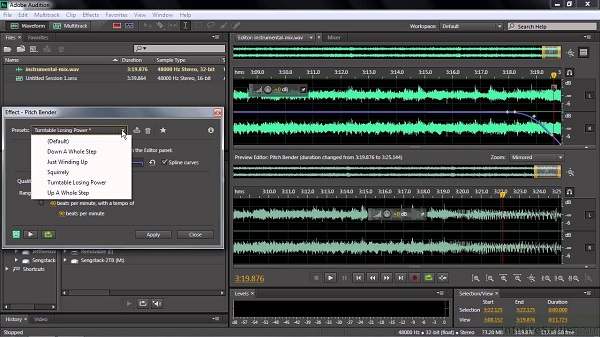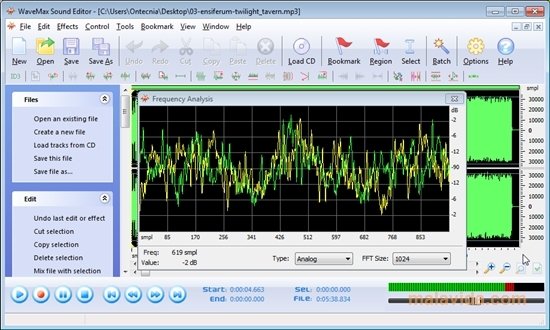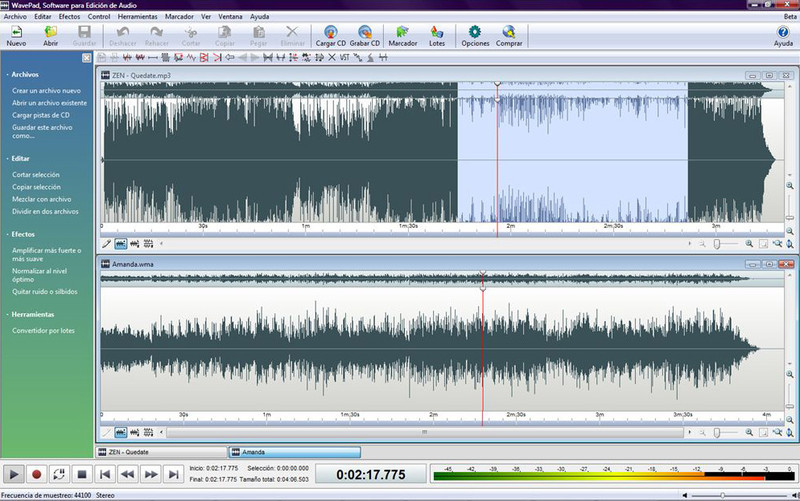
This can help you identify areas for improvement and ensure that your podcast is meeting the needs of your audience. Get feedbackĪsk for feedback from friends or colleagues on the overall sound quality and content of your podcast.

While audio effects can enhance the overall sound quality of your podcast, they should be used sparingly and only when necessary. Long pauses, ums, and ahs can be distracting for listeners and should be removed. Cut out the fluffīe ruthless when cutting out unnecessary parts of your recording.
Podcast audio editor software#
Investing in quality microphones and audio editing software can make a big difference in the overall sound quality of your podcast. This will help you stay on track and minimize the amount of editing required.

Plan aheadīefore you start recording, have a plan for the structure and content of your podcast. Here are some tips to help you edit your podcast effectively: 1. Be sure to save a copy of the final edited version before exporting it for distribution. Step 6: Review and Make Final AdjustmentsĪfter you have mixed your audio, listen to the entire recording again and make any final adjustments, such as removing any background noise, adjusting the EQ, or adding additional effects. This involves adjusting the volume levels of each track to ensure that all participants can be heard clearly and that the overall sound is balanced. Once you have edited the individual audio tracks, it’s time to mix them together. These can include fade-ins and fade-outs, crossfades, and EQ adjustments to improve the overall sound quality. Step 4: Add Transitions and EffectsĪfter you have cut out any unwanted parts, you can add transitions and effects to smooth out the audio. Be sure to save a copy of the original recording before making any edits. Once you have identified the parts of the recording that need to be edited, use your audio editing software to cut out any unnecessary sections, such as long pauses or tangents that don’t add value to the podcast. This will give you an idea of the overall flow of the conversation and help you identify any parts that need to be cut or adjusted. Step 2: Listen to Your Recordingīefore you start editing, listen to the entire recording from start to finish. Create a separate folder for each episode and label the files clearly for easy identification. Make sure you have all the necessary files, including your raw audio recordings, intro and outro music, and any other audio elements you plan to use. The first step to editing your podcast is to organize your audio files.

Here are the essential steps to follow when editing a podcast: Step 1: Organize Your Files In this article, we will guide you through the podcast editing steps, tips, best practices, software, and workflow, and answer some frequently asked questions to make it simple and actionable for you. Editing a podcast can be a time-consuming process, but with the right tools and tips, it can greatly improve the quality of your show. One important aspect of producing a successful podcast is editing.


 0 kommentar(er)
0 kommentar(er)
